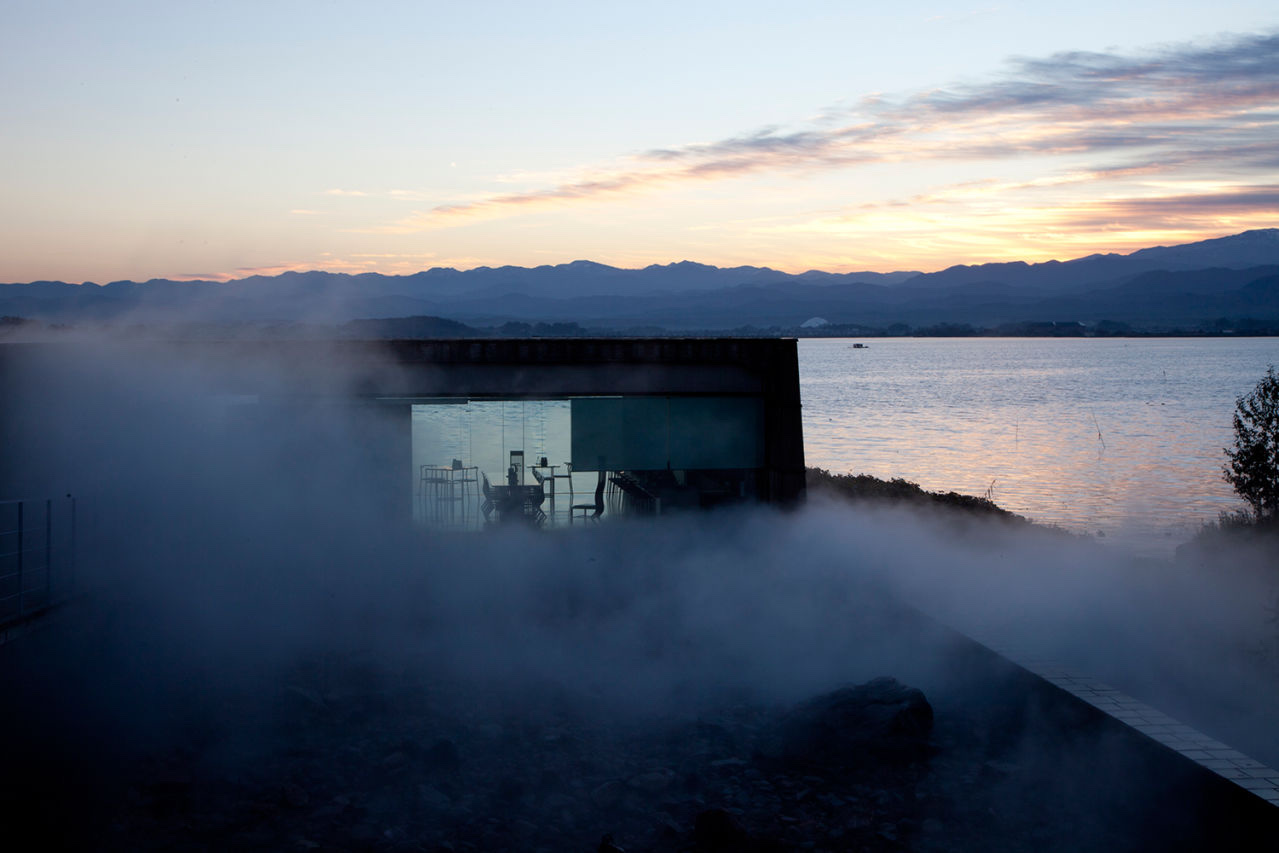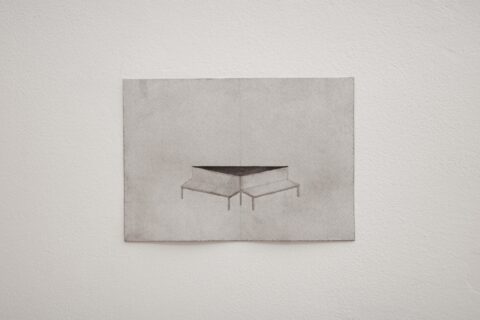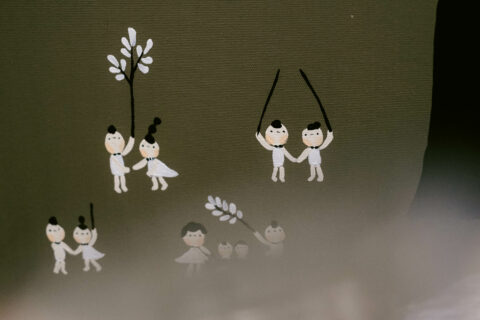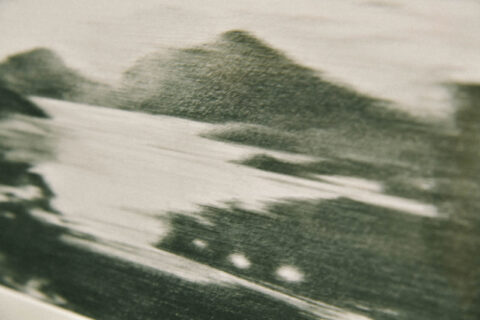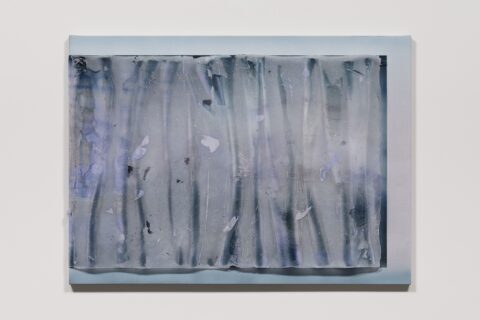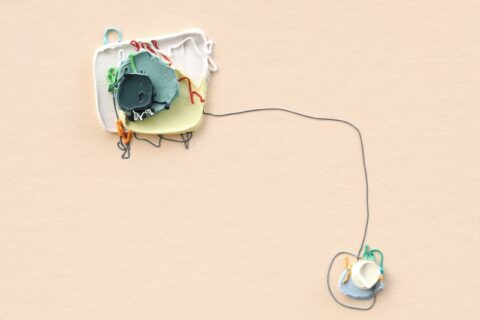
「人總是選擇他們喜歡的,而忽略與周遭環境其他事物的關係。所以我希望人們走進霧裡,屏棄對視覺的依賴,使用其他感官重新找到方向。」 —— 中谷芙二子
“People are intrinsically selective to just focus on what appeals to them and ignore their relations with the larger surroundings. I hope to see people walking into the fog and trying to use all the senses other than the visual to orient themselves.” — Fujiko Nakaya

是有很多時候,視覺會干擾了心的想法。日本藝術家中谷芙二子,利用精密人造水霧系統在特定環境裡製作人工霧裝置藝術。霧就像自然而來,但不只在大自然,有時會在城市裡在大樓旁邊,讓經過的人走進去,只要身在其中靜心感受。她第一次創作霧雕藝術已經是1970年了。
Oftentimes, our real thoughts can be easily distracted by what we see. Japanese artist Fujiko Nakaya utilizes a delicate fog machine to create an installation art by using artificial fog in a designated environment. The fog looks like a product of nature but can be found between skyscrapers in the city that brought peace to people who walk through. The first fog art she made can date back to 1970.
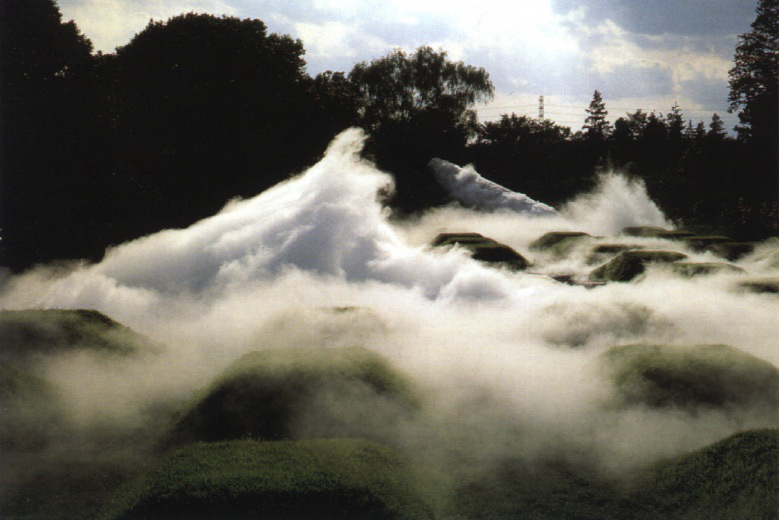
中谷芙二子的父親是中谷宇吉郎,一位畢生醉心於研究雪花,以及在顯微鏡下拍攝雪花的百變形態而聞名。他是世上第一位製造出人工雪的科學家,更撰寫了《雪花 —— 來自天堂的信》一書,以照片和散文描述他的雪花研究。父女倆對大自然現象都很著迷,像雲、霧與冰。而女兒則選擇以霧去進行創作,某一次她提到「霧介乎於存在與消逝之間」,而且裝置也只能是一種預設,無法全然掌控畢竟有太多可變的因素,是乎霧的形態會隨著實際天氣而變化萬千。無風時會顯得平靜而安定,反之會像垂柳般來回飄拂。當作品會消逝,每個時刻又有著不同狀態,這樣子,是否會更讓人留神與珍惜呢。
The father of Fujiko Nakaya, Ukichiro Nakaya, had a life-long dedication to studying snowflakes. He is known for making microphotographs of the various forms of snowflakes and having created the very first artificial snowflake. His book Snow Crystals, in which he wrote “snow crystals may be called letters sent from heaven”, is a collection of photos and essays of his studies on snow crystals. Both the father and daughter are equally obsessed with natural phenomena such as cloud, fog and ice, and the daughter has picked fog as the focus for her creative work. She once mentioned that fog carries “an uncertainty between existence and disappearance”, where the installation can only lay a foundation but can never fully control the outcome. The weather always plays a key part in the process, for instance, the presence of wind would decide whether the fog would float calmly or swing hastily. Would the formless and volatile nature of fog be the reason for people cherish it more?
